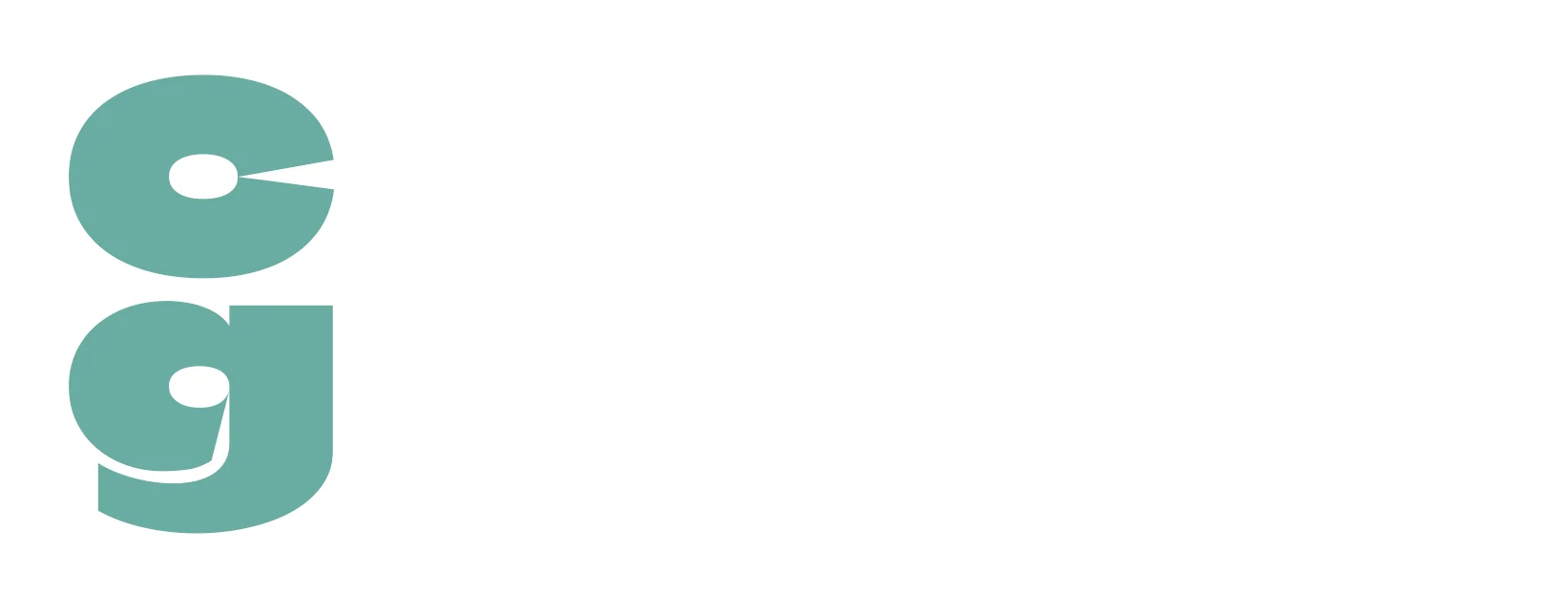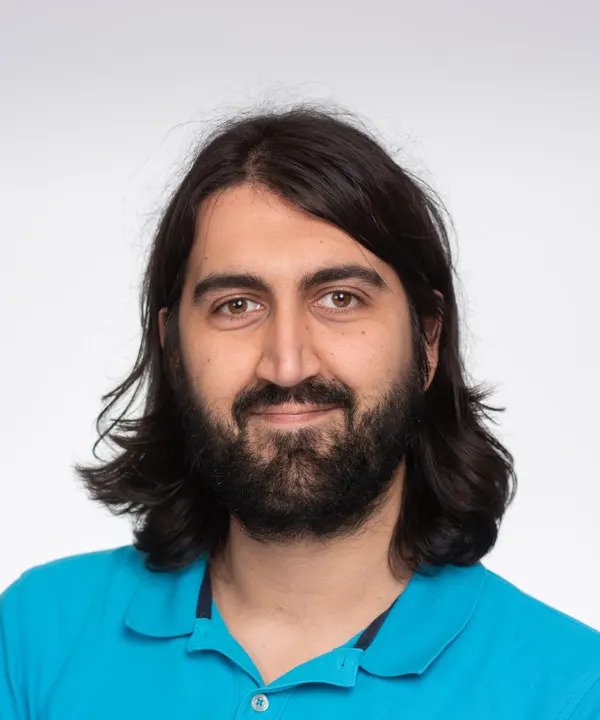The multiverse went mainstream just a few months ago with a deserved Oscars sweep for Everything Everywhere All At Once.
But Magic: the Gathering has been quietly building up its multiverse since the first set, Alpha, released in 1993. With coming up on 100 distinct planes, Wizards of the Coast have created a diverse melange of fantastical takes on real cultures and mythologies, ranging from homages to fictional creations like H.R Geiger or H.P Lovecraft to modern genre riffs on horror and fairy tales.
These tightly interwoven realms go beyond a mere backdrop, they’re the game’s creatively realised backbone.
Each card is more than a game piece, they serve as one more brush stroke added to a canvas Wizards’s artists, writers and card designers have worked on for decades, the same goes for the banned MTG cards too.
And there’s no sign they’re done with their masterpiece, its creators clearly bursting with ideas for more new worlds and characters. World building has been fundamental to the game from the start.
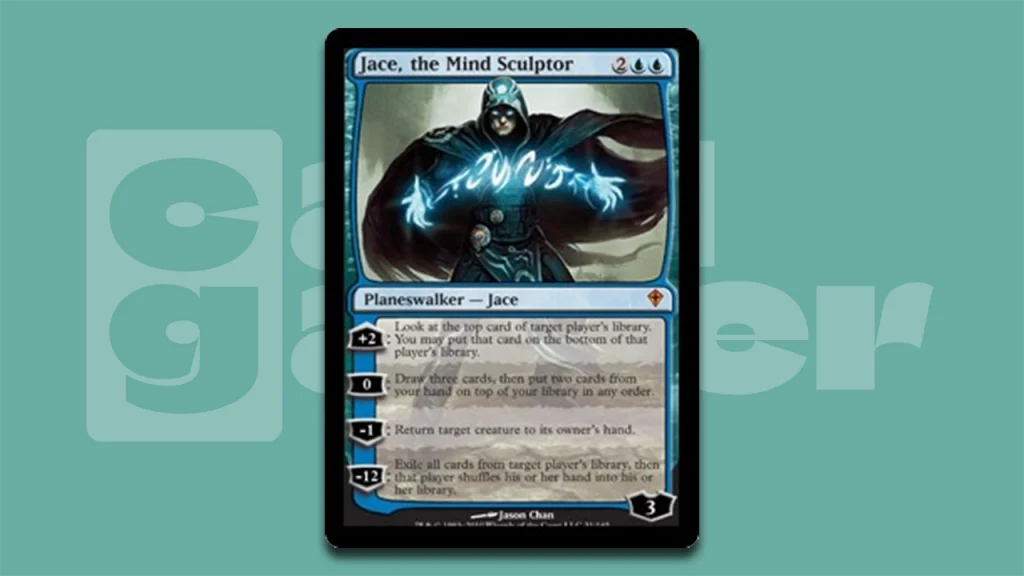
Set a deck of cards face-down to play a game of Magic, the game’s initial premise stares in your face. The promise to become a wizard feels 90s cringe today, more Power Glove than power fantasy, but the back of every card shows the cover of the spellbook each player uses to battle another dimension-hopping “planeswalker” in a game of wits and the occult.
Even in-universe, all about memorising spells and deploying knowledge; no wonder Magic’s become known as the stereotypical game for nerds.
Another thing you’ll also see on a card’s back are the five colours of Magic. Over the decades, each has developed their own characteristic “colour identity” which doesn’t always meet conventional expectations. If you see White and Black as simply good and evil, Magic sees it very differently, and how these philosophies are expressed in card form across so many planes is one of the game’s greatest strengths.
Table of Contents
ToggleMaking A Multiverse
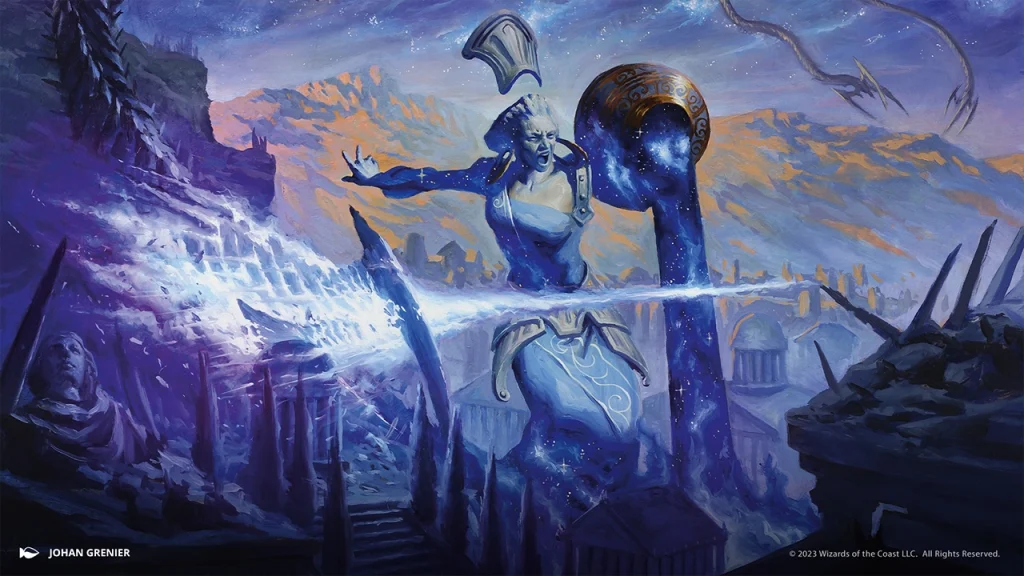
Long before they developed their very own take on colour theory, one of early Magic’s smartest moves was launching its multiverse with its very first set.
The game’s creator Richard Garfield presciently recognised the flexibility they’d need for a lasting game: “we could capture the otherworldly aspects of fantasy that add such flavor to the game while preserving a coherent, playable game structure. Almost any card or concept would fit into a multiverse”.
Alpha’s 1993 launch came with its high-fantasy multiverse in place but without a coherent storyline. Instead, some cards gave glimpses of worldbuilding in their art, a small number of flavour text snippets, and – most crucially – their names.
Instead of naming cards Angel or Dragon, cards were given distinctive names like Serra Angel and Shivan Dragon, anticipating that these wouldn’t be the only angels and dragons in the game, but also gesturing towards places and concepts and factions to be filled out over time.

Just one year after Alpha sketched out Magic’s setting in broad strokes, the Antiquities expansion’s focus on mechanical artifact creatures justified a greater narrative approach for the Dominaria plane.
The result of this was The Brothers War, the seismic event that made Magic’s storyline start with a bang.
The brothers in question, Urza and Mishra, may not have their own cards in Antiquities, but the decades long war between the artificer siblings is written all over the set.
The cards combined theme and gameplay to illustrate how their once harmless, playful experimentations like Ornithopters escalated to mechanisms of total destruction against Dominaria, culminating in an explosion that devastated the plane and triggered the Ice Age of the next set.
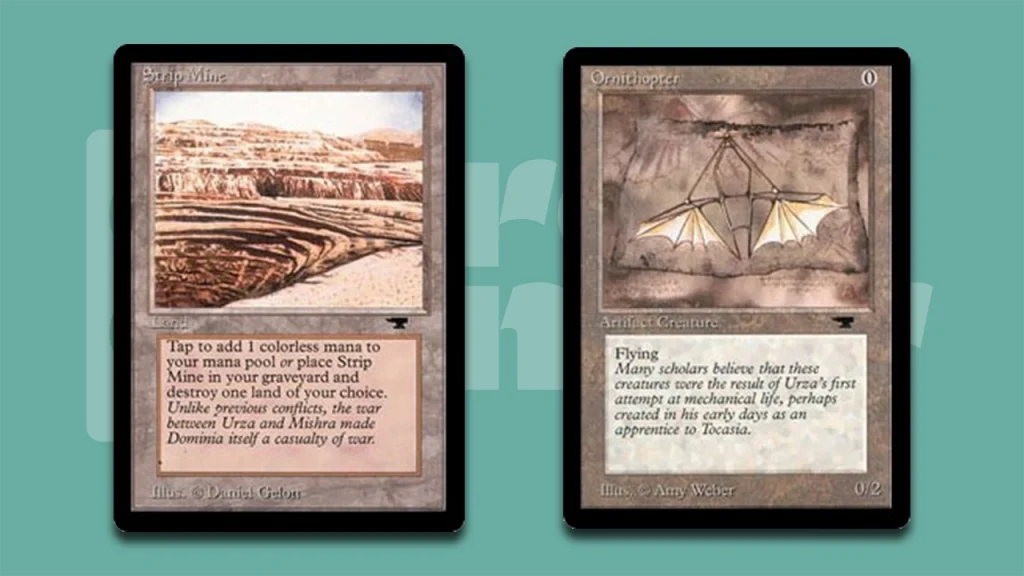
Magic’s continuity had begun in earnest, giving this set a memorable theme and setting up a gripping hook for the next.
And it wasn’t about to stop, set to forge ahead at a breakneck pace for decades to come.
With multiple new sets a year continuing to package its narrative across multiple worlds in play design, and comics and novels filling in the details, some players were attached to lore and theme above all else.
Magic sees three major player identities: along with the ultra-competitive Spike and the joyfully experimental Timmy, the game pays equal attention to the bookish, lore-loving Vorthos players.
Chasing a Magic Cinematic Universe?
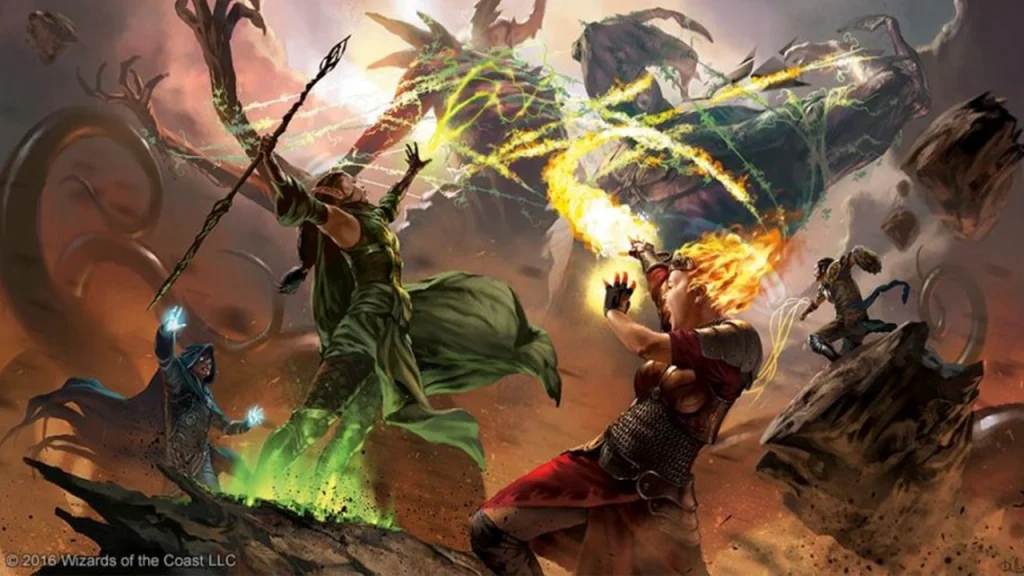
The role of the player as the realm hopping wizard was sidelined with 2009’s addition of a new card type representing new planeswalker characters.
Magic finally had a cast of heroes and villains they could shift across planes whenever their writers desired, figures like the mystic blue mage Jace Vryn, necromancer queen Liliana Vess, and the fiery artificer Chandra Nalaar were set to become the face of the game.
As they became central plot-figures, ever-present on the Magic cosplay circuit, thanks to their interdimensional heroics, someone at Hasbro thought aping the MCU with their newfound mascots could be the key to bringing Magic mainstream
So in 2015, a group of these planeswalkers were appointed to “The Gatewatch”, an argumentative found family that was essentially the Avengers of high-fantasy.
There was one problem: It got old, both for the players, and possibly designers too. No matter where you went, exploring diverse worlds reimagining steampunk India, ancient Greece, Egypt, and Ixalan’s tropical island realm of pirates and dinosaurs, the same familiar faces kept showing up.
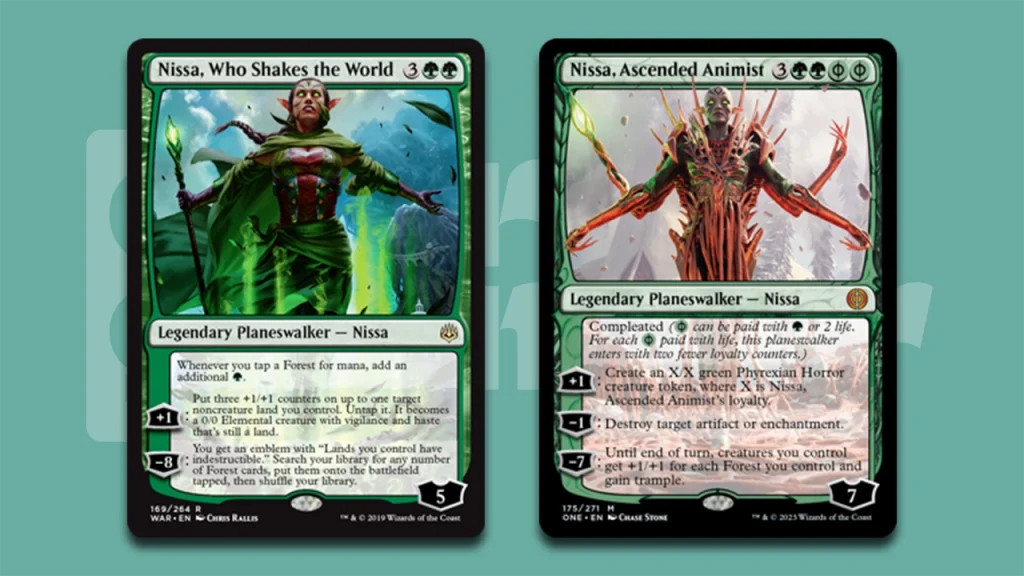
It made the multiverse feel small and formulaic. Epic plots across infinite universes were repeatedly forced to revolve around this tiny group.
Fortunately, Wizards responded and reduced the role of the Gatewatch across the sets, even killing off mutton-chopped Gideon in 2019.
Taking us to the present, when the remaining members are having a particularly hard time of it in April’s March of the Machine expansion.
Many of them lost their “sparks” (the power making them a Planeswalker) and, what’s worse, became “compleated” by the Alien-esque Phyrexians, becoming them grotesque mirrors of their traditional formsmselves as transhuman combinations of organic and mechanical contraptions.
It’s just one more paradigm-busting development for Magic’s characters, every bit as momentous as Antiquities’s explosion. This time, the customary short stories were accompanied by an experimental, story-focused microset of 50 cards exploring the repurcussions of Magic’s damaged world and heroes. Planeawalkers paid a steep cost for repelling the Phyrexians, many former Gatewatch characters now demoted to mere creatures.
Fortunately, an important new wrinkle laid the groundwork to rescue them from their reduced status: omenpaths. In Magic’s answer to “They fly now!?”, thanks to the Phyrexian invasion, non-planeswalkers can traverse the planes too through these dimensional breaches.
As you can see, Nissa the forest elf went from her usual self to a horribly mutated variant, and then to a non-planeswalker of her usual self. It’s been an eventful few months for Magic’s posterchildren.
But, I’m sure, thanks to hopping through a few omenpaths, her and the rest of the Magic’s iconic planeswalkers will be back to their old selves at a later point in their ongoing saga. Likely just in time for the Netflix show’s premiere.
Rewriting The Planes
Today, Magic gets to reap the rewards from going all in on their own universe. The liberal “anything goes” ethos of the multiverse applies to their existing planes as well as new ones, Wizards often returns to the game’s older planes to give them an exciting new spin.
Innistrad is a much-loved realm of gothic horror fairy-tales, inhabited by all manner of villagers, zombies, spirits, werewolves and vampires. On release in 2011 it pioneered the double-sided card, representing sinister transformations between night and day – a harmless human by day could flip to reveal grotesque nocturnal horrors.
When Innistrad returned five years later, it wasn’t just an encore. The familiar setting and double-sided theme came with a new addition – the Eldrazi, unknowable eldritch horrors strongly reminiscent of Cthulhu, who invaded in the follow-up set Eldritch Moon. Led, of course, by gargantuan Eldrazi titans with incredible powers of destruction and delirious mind control.
And note their colour, or at least their lack of; putting them outside Magic’s usual colour wheel an elegant nod to their profound unknowability.
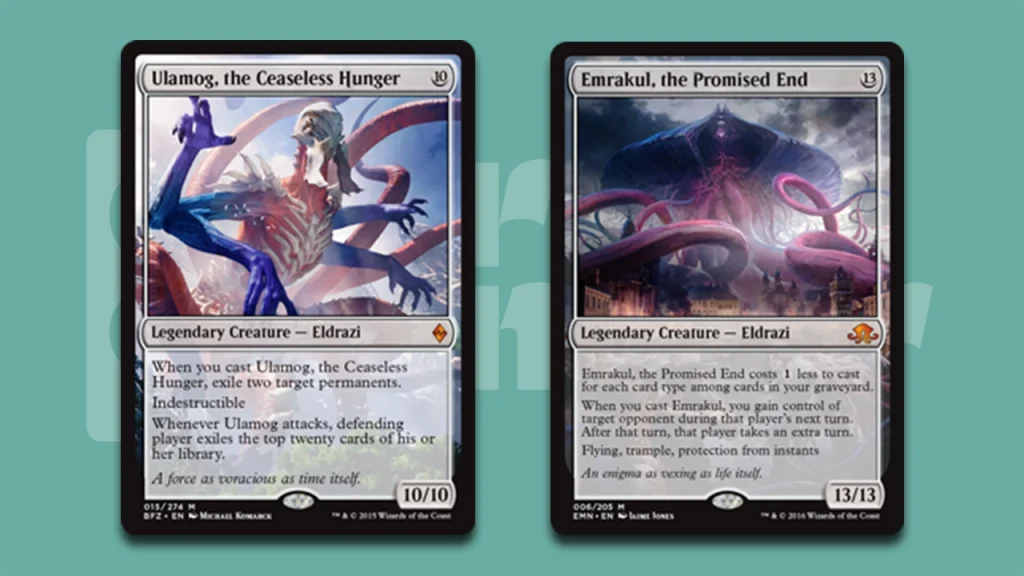
Ulamog, The Ceaseless Hunger exiles two game cards when played, and with each colossal attack it drives players closer to the brink of sanity by discarding 20 cards from their deck. Emrakul, the Promised End goes one better, the gigantic 13 mana 13/13 was certainly unlucky for opponents – it would let you play their next turn for them. A sign of madness H.P Lovecraft couldn’t better himself.
Beyond the prominent mythic rare titans players fervently hoped to open in each booster pack, the Eldrazi’s corrupting influence gave the previous double-sided card mechanic a new body horror twist.
Hanwier Battlements and Hanweir Garrison were both perfectly respectable cards representing a town’s defence, but, exposed to the Eldrazi’s mind corrupting influence, they meld into Hanwier, the Writing Township, transformed into an nightmarish sentient settlement, propelled by the reconfigured flesh of its thoroughly insane inhabitants.
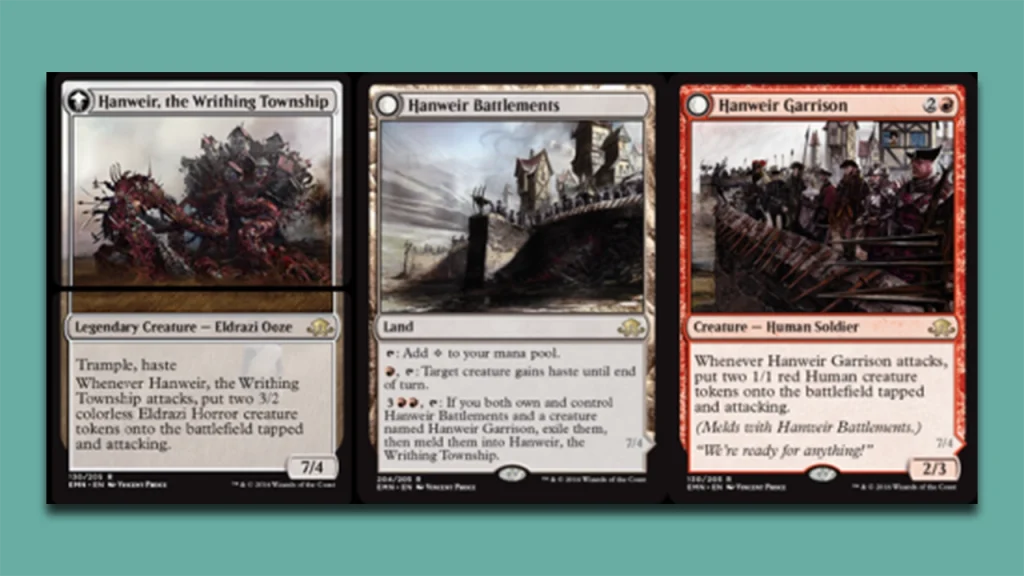
It’s gross, wildly imaginative and brilliantly on-theme, developing the original horror theme of Innistrad with a sick flair to make David Cronenberg shudder.
Resurrecting the planes
As well as reinventing beloved settings like Innistrad, Wizards can also salvage their past failures. The Japanese themed Champions of Kamigawa was initially a flop, pairing lesser-known folklore figures like obscure Shinto deities with disappointingly underpowered cards. Long considered a write-off, it was surprisingly revived 18 years later with a revamped cyberpunk version: Kamigawa Neon Dynasty.
This second chance tried to maintain the original’s ties to folklore while taking its aesthetic in a more futuristic direction than Magic had ever gone before. Stuffed with ninjas and samurai in cyan and magenta hues, keeping the shrines and Kamis with a major cosmetic overhaul, the set was a hit that put the plane’s bad reputation thanks to two decades’ worth of experience.
And it definitely helped that Wizards stacked the odds by including popular Phrexian characters in the set’s storyline, and placing the ultimate draw for players in booster packs – exquisitely stylised full art lands.
Some planes, however, are destined to stay in Magic’s past. Rabiah, the setting of the early Arabian Nights expansion, plagiarised One Thousand and One Nights to such a degree that it’s regarded as utterly unsalvageable, bringing back Sinbad and Aladdin and the Library of Alexandria coming far too close to reality.
In the early 90s Wizards didn’t have the cultural awareness they do now, cards with incredibly dated racial connotations like Stone-Throwing Devils are definitely best left in the past where they belong.
They’re taking the hobbits to… the Magic Multiverse?
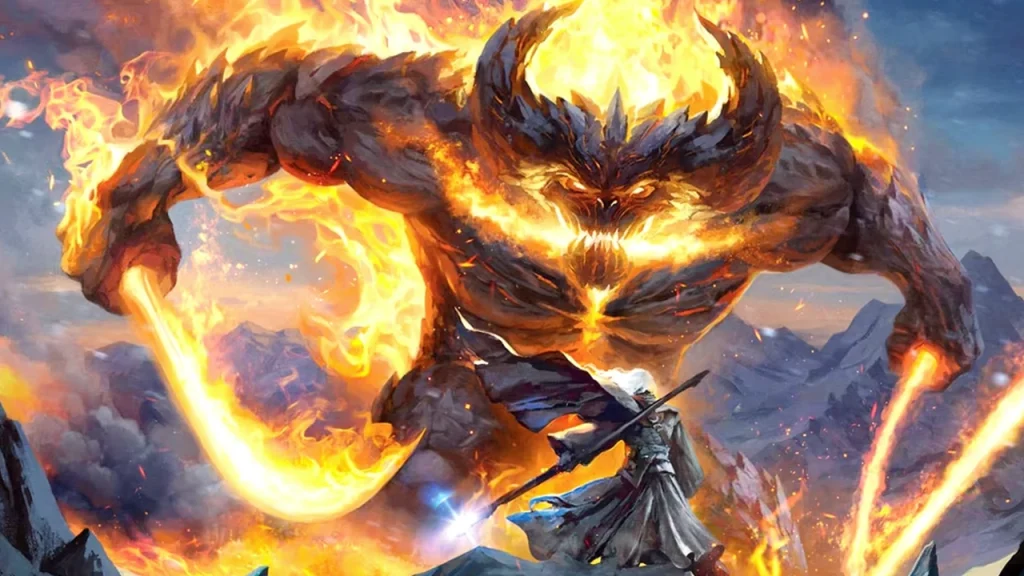
Today, with their card design and worldbuilding creativity powers at their peak, Wizards are printing more new cards than ever before, and the introduction of Universes Beyond has stretched the multiverse to its limits. These franchised cross-promotion reinterpret other intellectual properties as Magic cards, so far it’s included Stranger Things, Walking Dead, and even My Little Pony. After decades of staunchly defending the imaginative integrity of Magic’s multiverse, fans have been divided.
After testing the water with a Dungeons & Dragons expansion, which felt less incongruent due to the game’s shared history under Wizards, this August will see a full-sized set of new cards from The Lord of the Rings. Usually these Universe Beyond cards are only playable in Commander, a popular multiplayer format, and Legacy, a fringe, mostly inaccessible format due to old cards’ high price tags. This time, they’re legal in Modern, probably the most popular competitive format. Magic stalwarts like Urza, Lord High Artificer, Karn Liberated and Jace the Mindsculptor risk being upstaged by Gandalf the Grey and Frodo Baggins.
While the characters and setting are from other properties this time, they use the familiar structures, rules wording and careful appliance of narrative theme in gameplay, visuals and text that has given Magic such a robust world.

Cards like You Cannot Pass give the perfect example, riffing on Gandalf’s duel with the Balrog in Moria – the popular rock-shattering moment that launched a thousand memes. The rules text couldn’t be simpler: try to pass, you die. While I’m a Universes Beyond sceptic, as a big Lord of the Rings fan it’s hard not to approve. Also I agree with many players that, obviously, Gandalf the Grey’s colour identity should have been black and white.
Of course the benefit of a multiverse is that absolutely anything can happen. It’s a game, why not have Samwise Gangee fight Twilight Sparkle while Eleven from Stranger Things rolls her eyes?
After all, players are used to getting a dinosaur to pilot a helicopter to fly over an animated tree to attack Nissa the forest elf. But in light of the increasing feeling that Magic and D&D are bankrolling Hasbro’s failing divisions, it’s hard not to see this as a commercial pursuit forced on a longstanding creative project
But the real magic of the multiverse remains how absolutely anything can happen. And if anyone can pull off a feat to rival the creation of Kingdom Hearts’ cross franchise ambitions and somehow integrate Magic, My Little Pony and The Lord of the Rings, it’s Magic: the Gathering’s worldbuilding team.
The multiverse may be an unwieldy ship, but they haven’t steered it off-course yet.
